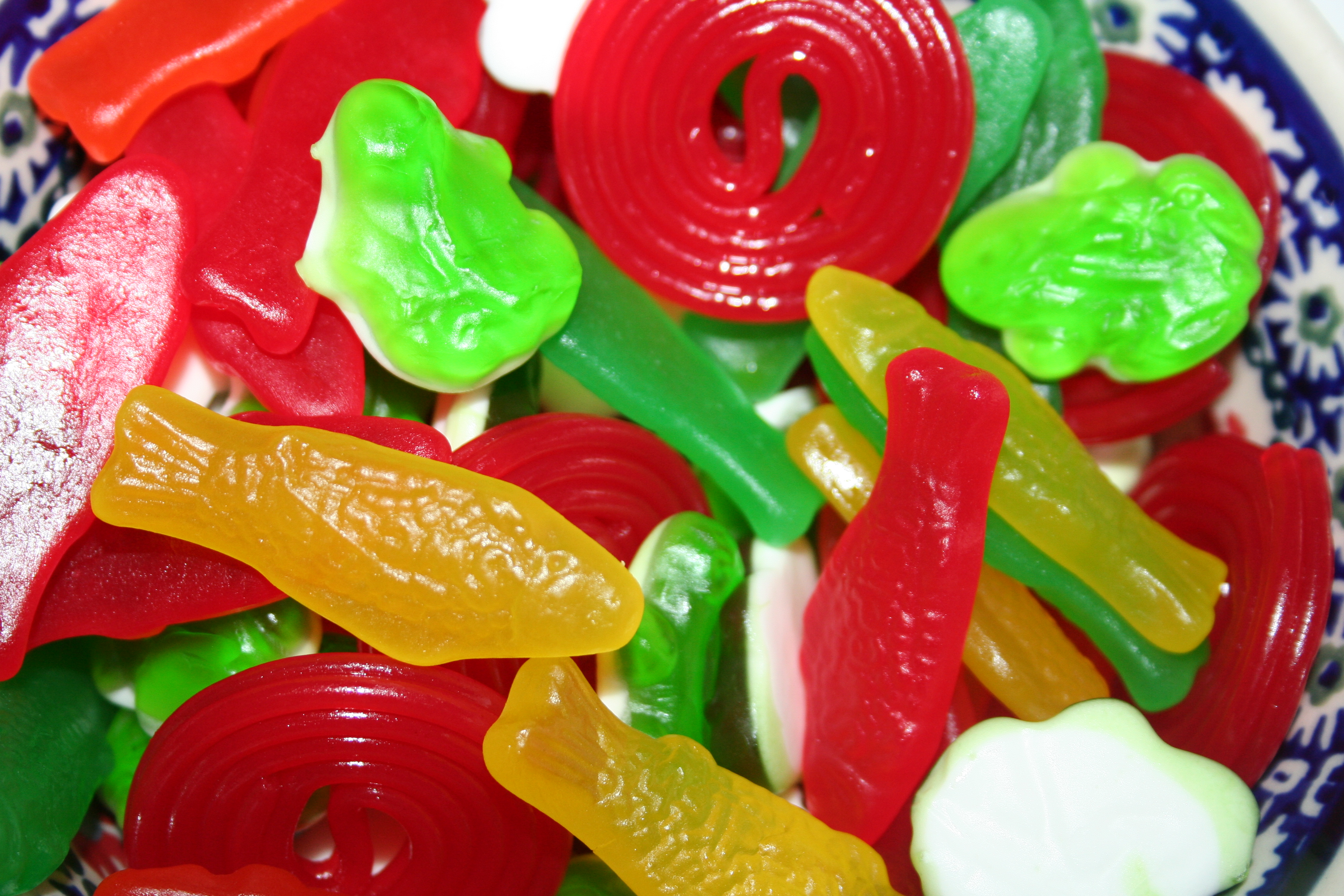Sweets before fruit
Nutritionists' nightmare: People in Sweden spend almost twice as much on candy than on fruit.
-
 Yes, it’s fun to eat "lösgodis" (pick and choose), especially for lördagsgodis, but Swedes do eat much too many sweets and not enough fruit and vegetables, according to nutritionists.
Yes, it’s fun to eat "lösgodis" (pick and choose), especially for lördagsgodis, but Swedes do eat much too many sweets and not enough fruit and vegetables, according to nutritionists. -
-
Sweets before fruit
Never before has the Swedish people been as flooded by advice on what to eat and how to live. And still, Swedes have never spent as much money on candy and sweets as today. Nutritionists blame the enormous consumption of ”lösgodis” (pick and mix candy sold by weight). -
 Monitor that bowl of candy. Swedes eat more candy than ever, but there are ways to reduce sugar cravings. Don’t let children eat candy when they are very young. Start new traditions by offering something else, like a little toy or gift card. If you absolutely have to have candy, choose something small. And remember there are options that contain fewer calories: marshmallow-like candies are lighter than dense jelly candies. Don’t forget: Food first, candy later. Don’t let the candy sit out for everyone to see the entire weekend. Be a role model: Your children do as you do, not as you say. Photo: nordstjernan.com
Monitor that bowl of candy. Swedes eat more candy than ever, but there are ways to reduce sugar cravings. Don’t let children eat candy when they are very young. Start new traditions by offering something else, like a little toy or gift card. If you absolutely have to have candy, choose something small. And remember there are options that contain fewer calories: marshmallow-like candies are lighter than dense jelly candies. Don’t forget: Food first, candy later. Don’t let the candy sit out for everyone to see the entire weekend. Be a role model: Your children do as you do, not as you say. Photo: nordstjernan.com -
-
Last year Swedes spent an average of 21 SEK ($3) on fruit per week per person. Meanwhile, he spent 34 SEK ($5) on candy, according to new statistics from Statistics Sweden.
Nutritionist Maria Nygårds thinks it ought to be just the opposite: ”We eat far too much candy. A handful of candy equals about a quarter of our daily energy needs. But when Saturday comes, many eat three, or four such handfuls. At the same time, most of us don’t get our daily dose of fruit and vegetables,” she says. Statistics also show how the sales of products divided into different groups have changed over time. The sales of candy has increased more since 2000 than the sales of both veggies and fruit, but the price of veggies and fruit has also increased more than the price of candy. But Swedes are well aware on how to live healthy lives, according to Maria Nygårds, who for many years has worked with people fighting obesity, and she doesn’t believe the increase in price is what keeps Swedes from fruit and veggies. -
”There’s a new group that’s very interested in their health and they don’t eat candy at all. Then there’s a whole lot who knows they ought to cut down, but who just don’t have the energy to bother doing it.” The availability in stores plays a huge part, Nygårds believes, as does the explosion of ”lösgodis” in the stores. ”You are lured by the colors and the shapes and the fact that you can just pick and mix as you choose.”
-
-
-
